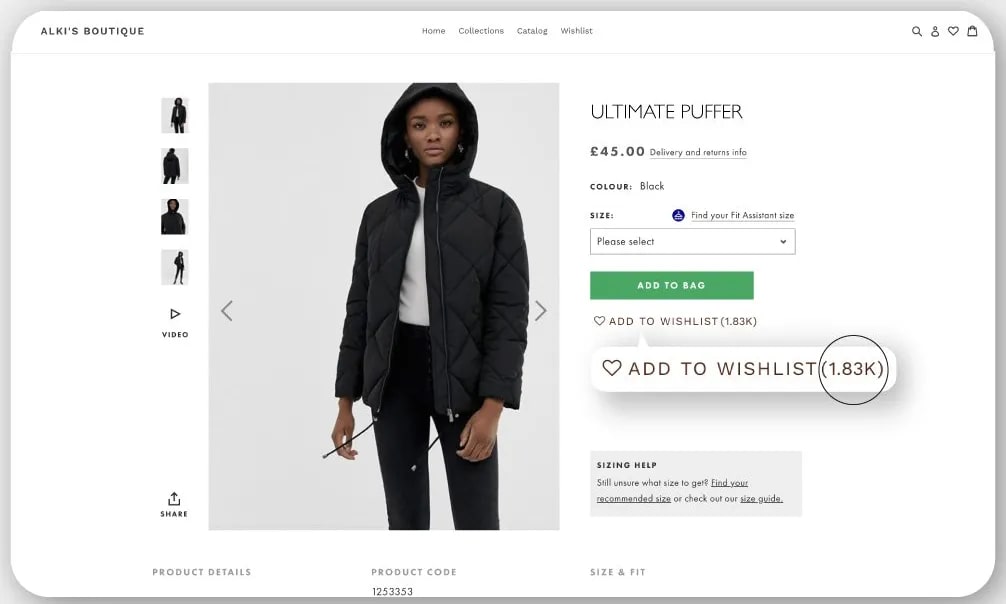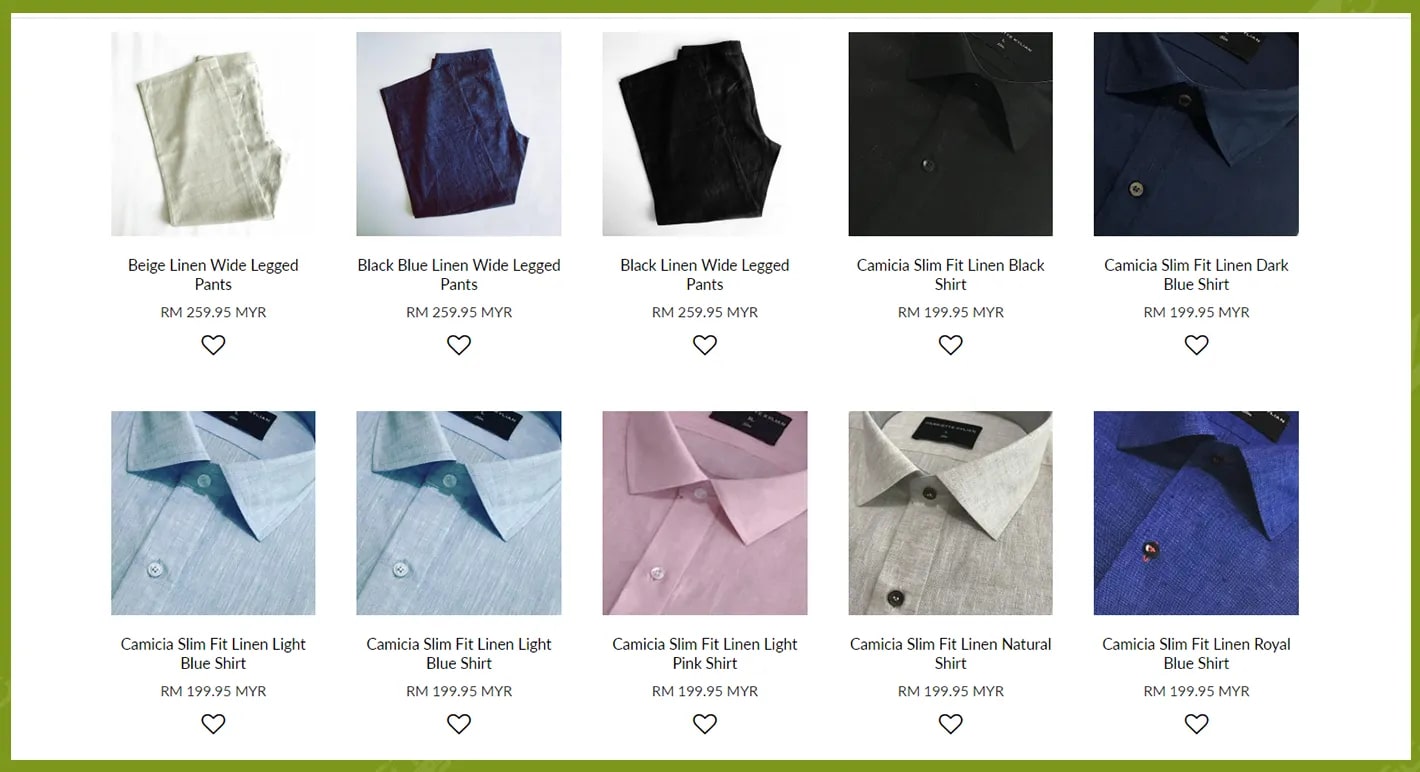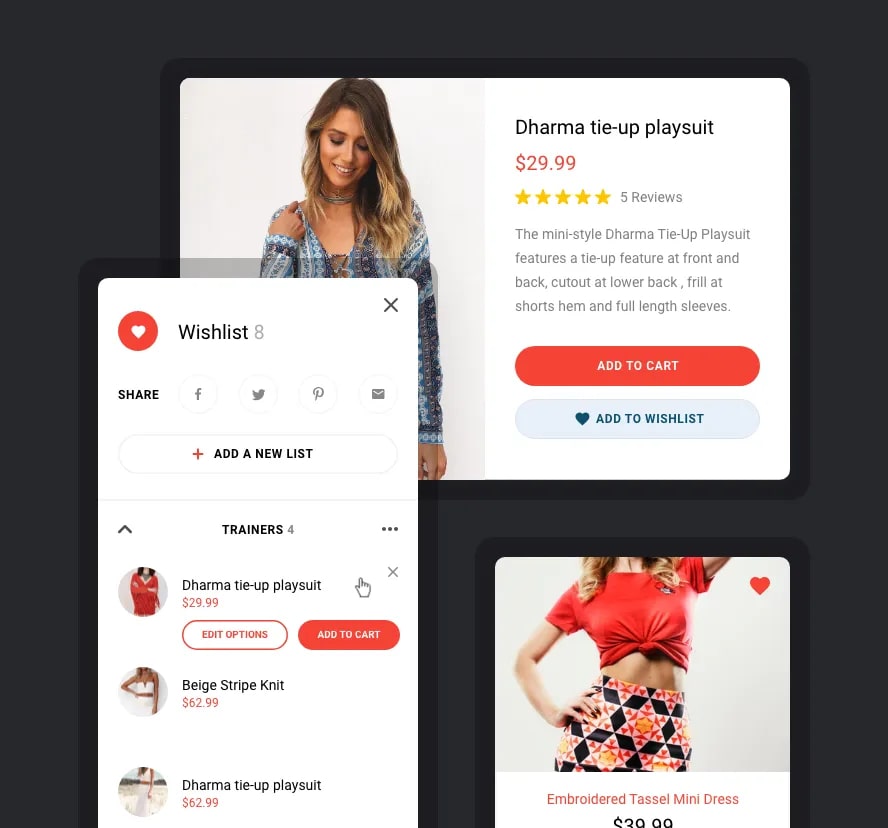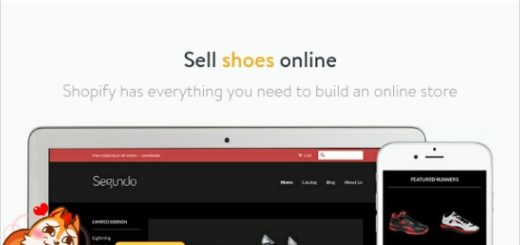6 Strategies to Convert Customer Wishlists into Sales in eCommerce
In the world of e-commerce, customer wishlists are a valuable source of information for businesses. They provide insights into the products that customers are interested in, giving retailers a clear picture of what they should stock and promote. However, wishlists alone do not guarantee sales, and businesses need to implement effective strategies to convert those wishlists into actual purchases. In this article, we will explore 6 strategies that businesses can use to turn customer wishlists into sales. These strategies include leveraging social proof, retargeting, offering incentives, simplifying the checkout process, and more. By implementing these techniques, businesses can maximize the potential of their customer wishlists and drive revenue growth in the competitive world of e-commerce.
Refer to the following campaigns if you want to increase your e-commerce sales:
1. Use a powerful wishlist apps
The first step towards converting wishlists into actual purchases is to find a high-performing app. In many cases, customers add products to their wishlists and wait for sales or discount codes before making a purchase. Additionally, a user may save an item that is currently out of stock. An effective wishlist app should remind consumers when products come back in stock, notify interested customers of new products, include options for social media sharing, offer user privacy guarantees, and allow you to identify the most desired products. Of course, the app must also be user-friendly for visitors to your e-commerce site.
Read more: The best Shopify Wishlist Apps

2. Place the wishlist in the relevant places
To increase the chances of conversion, the wishlist should be placed in a strategic location. Ideally, the button should be visible on every product page to reduce friction during navigation and allow visitors to complete their purchase later on another device. Additionally, it is advisable to include the wishlist option on every product image. By simply adding a heart symbol to the photos, customers can mark them as favorites without needing to create an account. Finally, the wishlist should remain visible and easily accessible from the shopping cart and during the checkout process to encourage customers to add items from their lists and prepare for future orders.

3. Remind visitors to save the wishlist
One of the challenges businesses face when it comes to wishlists is that customers may forget to save their list before leaving the website, resulting in missed sales opportunities. To avoid this, businesses should consider implementing features that encourage visitors to save their wishlists or provide reminders to do so. For example, a popup could be triggered when a customer is about to leave the website without saving their wishlist, prompting them to do so or offering an incentive to encourage them to save it.
By leveraging wishlists, businesses can also personalize their marketing campaigns and offer targeted promotions to customers. For instance, a business could send a follow-up email to customers who have added items to their wishlist but have not made a purchase, reminding them of the items they have saved and offering a discount code or free shipping to incentivize them to complete their purchase. Such campaigns not only drive sales but also improve customer engagement and loyalty.
4. Use wishlist data to create personalized campaigns
Businesses can leverage the data obtained from wishlists to fuel their marketing strategy and improve customer engagement. One way to do this is by personalizing email campaigns to recommend similar products to those already saved in a customer’s wishlist. For instance, if a visitor saves a pair of pants, the business could recommend other pants from the same brand or a matching top. This personalized approach increases the chances of conversion and can help foster customer loyalty.
Another way to encourage sales through wishlists is to send reminder emails to customers, informing them that their favorite products are still waiting for them. In these emails, businesses can highlight the items saved in the customer’s wishlist and offer a discount code to incentivize the purchase. This approach not only reminds customers of the products they have shown interest in but also makes them feel valued and appreciated.
By taking advantage of wishlists and using them as a marketing tool, businesses can improve their overall customer experience, increase sales, and foster a loyal customer base. Personalized and targeted marketing campaigns based on customer preferences and behavior are more likely to generate conversions and build long-term relationships with customers.
5. Track added products to determine top sales
Wishlists provide valuable insights into the thoughts and aspirations of your customers, allowing you to easily identify trends such as which items are being saved for later. These items will often have a common theme, such as seasonal trends. By anticipating future popular products, you can start promoting them now to gain a competitive edge. Moreover, if visitors who have saved items to their wishlist come across your promotions, influencer partnerships, or blog articles on the subject, they are more likely to be converted into buyers. Therefore, leveraging the data collected from wishlists can help you make informed decisions that boost your e-commerce sales and improve customer satisfaction.

6. Propose an engaging wishlist
Incorporating creativity into the design of your wishlist is essential to enhance the user experience and increase the chances of sharing it with friends and family, especially during holidays or birthdays. Consider adding features that make your wishlist more relevant and user-friendly, such as allowing users to categorize and sort their selected products, mark off items that have been purchased or ordered, rename their wishlists, facilitate the transfer of products to the shopping cart, and enable the creation of multiple wishlists. By providing these functionalities, you can make the wishlist more personalized and engaging for users, and encourage them to add more items and share their lists with others.
Conclusion:
In conclusion, wishlists are a powerful tool for increasing e-commerce sales. By understanding the needs and wants of your customers, you can tailor your marketing strategies and product offerings to meet their expectations. Implementing an effective wishlist plugin and strategically placing it on your website is just the first step in leveraging wishlists to drive sales. Additionally, using wishlists to identify trends, personalizing marketing campaigns, and adding creative design features can all contribute to converting wishlists into actual sales. By following the six strategies outlined in this guide, e-commerce businesses can create a seamless and enjoyable shopping experience for their customers, leading to increased customer loyalty and revenue.








